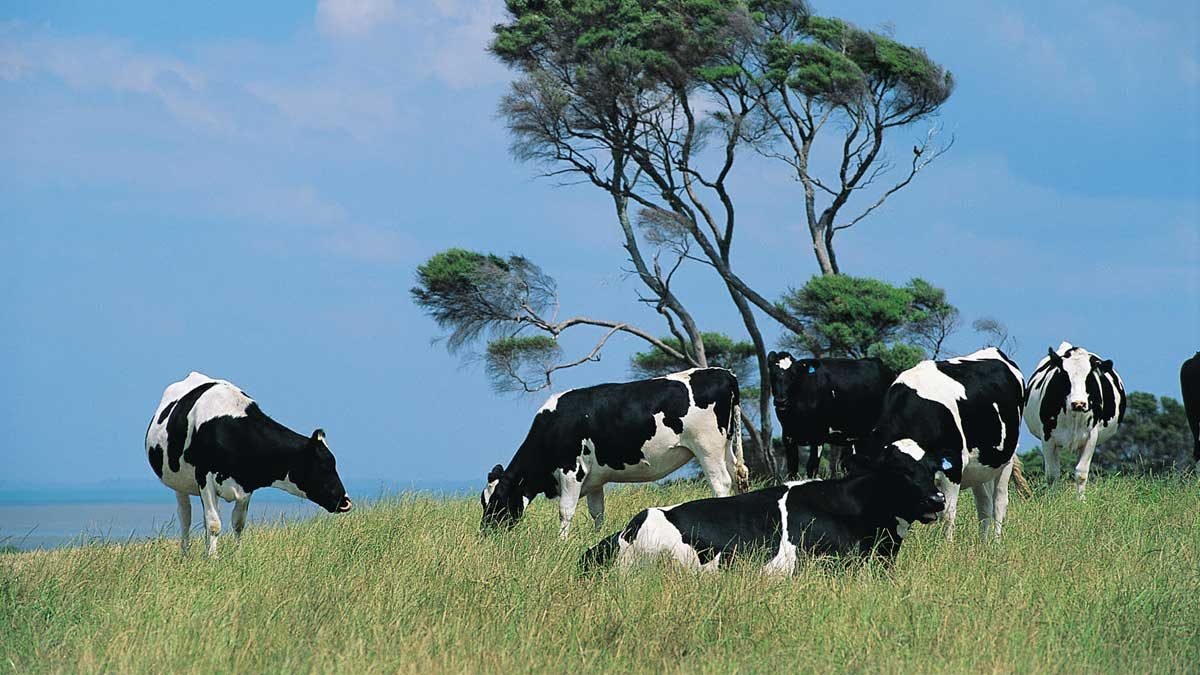Beef + Lamb New Zealand, a partner in the Mycoplasma bovis (M. bovis) programme with the Ministry for Primary Industries and DairyNZ, has posted an update on the eradication efforts.
It reports significant progress has been made in driving down the numbers of farms affected by M. bovis.
But farmers are advised:
Although we are on track to achieve eradication, there is still a lot of hard work ahead of us and we do expect to find more infected herds as the programme continues.
As at 16 September 2020:
- There have been 251 confirmed properties to date with just one active confirmed property and the remaining cleared.
- Of these, 135 confirmed properties have been beef, 61 dairy and 55 classified as others such as calf rearer, grazing, lifestyle and not known.
- A key thing to remember is that almost all of these confirmed properties were from animals born on dairy farms. The dairy farmer-beef farmer relationship is a key one that helps drives both industries’ success but it’s critical that both farmers and intermediaries are extremely careful with their transactions and traceability.
- There are currently 54 farms under notices of direction (movement controls when there’s a high risk that cattle on the farm may be infected).
- There are currently 163 active surveillance properties (farms with a low risk of having been exposed to M. bovis are required to undergo testing to ensure that there is no infection in their cattle.
- $174.6 million has been paid out in compensation.
The National Beef Cattle Surveillance programme covers screening of beef cattle not connected to the known network of infected properties, sampled at meat processing or in concert with TB testing.
About 58,000 animals, from over 2,400 farms, have had samples collected for testing and only six farms have required further on-farm investigation.
Results from the beef surveillance programme provide an important indication that the disease is not widespread in New Zealand’s beef cattle population.
More information about National Beef Cattle Surveillance programme can be found on the M. bovis website.
The August Bulk Tank Milk screening has been completed and – as anticipated for this time of year – has returned a number of ‘detect’ results.
Farmers should expect a rise in reported movement restrictions (NODs) as on-farm investigations to determine the infection status for these dairies get underway. Farms with detect results are contacted by Programme staff to work through next steps.
While it is difficult to predict how many new infected dairy farms will be identified through spring 2020 bulk tank milk screening, last year less than 3% were found to be infected.
Bulk tank milk screening plays an important role in looking for infection outside the tracing network. It will also play an important long-term role in gathering the evidence needed to declare freedom from M. bovis in New Zealand.
Beef and Lamb NZ is pleased that more farmers than ever are meeting their NAIT obligations to tag and register their animals and record movements on to and off their properties within 48 hours. NAIT is an essential tool for the speedy tracing of animals and ultimately for protecting everybody’s farms and the wider industry.
Source: Beef + Lamb New Zealand












